A New Era of Public Education: Potential Scenarios for the Next Presidential Administration
By: Margo Roen With any presidential transition, there are shifts–new hires and resignations, policy changes, and funding changes to align with a new agenda. However, with the impending president’s stated commitment to get rid of the United States Department of Education, hand-wringing in the pre-Kindergarten through higher education sector is higher than usual, and understandably […] The post A New Era of Public Education: Potential Scenarios for the Next Presidential Administration appeared first on Getting Smart.

By: Margo Roen
With any presidential transition, there are shifts–new hires and resignations, policy changes, and funding changes to align with a new agenda. However, with the impending president’s stated commitment to get rid of the United States Department of Education, hand-wringing in the pre-Kindergarten through higher education sector is higher than usual, and understandably so. There is prognosticating what a Trump presidency will mean for public education, calls for a national plan to support students at a time of enormous need, as well issue-specific opportunities, like advancing AI shared to spur our thinking about what might be possible in the next four years. To go from worrying about the future of public education to exploring what it might look like, futures scenarios exercises are a helpful tool. Here’s how it works and an example of looking into the future.
Scenario Building
Scenario-building activities make the future shapeable. Scenarios create stories of plausible futures that you can then use to test the readiness of current policies, systems, plans, etc. for potential future states. The scenario-building activity we chose we first practiced with the Stanford Design School’s k12 Lab, and used a 2×2 matrix to explore the future. This activity allows you to take two different future drivers, creating four possible futures based on their interaction, stretching your thinking in both negative (the worst case scenario) and positive (the best case scenario) direction of the drivers.
For this activity, our overarching prompt was: Given the recent election results we are likely to see changes to education funding and the Department of Education. At this moment, what challenges and opportunities could there be?
Using the issues discussed throughout the presidential campaign, the two drivers identified to explore this question were:
Driver 1: A Focus On Global Competitiveness
This driver, or variable, is about the Federal government’s education policy focus on being a globally competitive nation, including improvement in US students’ standing on national and global rankings of student performance.
Driver 2: Investment in Public Education
This driver is about public education investment–both the financial resources and non-financial support public education receives at the national level.

These two drivers interact together in the 2×2 scenario exercise, envisioning ways that public education might look in the next presidency. Let’s explore the options.
Scenario 1: Deregulation Nation
In this scenario, there is a high global competitiveness focus for public education, but less federal public funding for public education. What might this combination look like? There’s a strong national focus on global competitiveness and producing leaders, but the resources to provide safety nets or additional supports for those who might not have the same access as those born into upper-class families and/or those with unique learning needs. The funding constraints, but demand for globally competitive results, may drive AI and tech innovation as schools try to do more with less. Student outcomes, civil rights monitoring (for students with special needs, race- or gender-based discrimination, etc.), and ethical tech advances are minimal given constrained funding and limited interest in Federal oversight. Philanthropic funding focuses on hyper-local, program-specific, and/or equity-focused solutions to fill the gap in the national charge for public education.
Scenario 2: A Strong National Agenda
In this scenario, there is both a high global competitiveness focus and high federal investment in public education to actualize a plan to make America’s students the best in the world. What might this combination look like? The federal government sets the tone for a public education moonshot, likely tied specifically to math, science, and technology. State and local school systems align their work to the national agenda. This focus could lead to more national assessment and outcomes focus from the local level up to national benchmarks. The country is focused on producing high-flyers–either those from privilege or those that “beat the odds”–with a strong emphasis on accountability and ROI to invest more heavily in those already on track. Philanthropic funds are less needed overall, leading philanthropy to redeploy resources to focus on issues of equity, diverse student needs, and mental health in the absence of national support and focus on non-achievement measures.
Scenario 3: Federal Fully Disinvests
In this scenario, there is both a low global competitiveness focus and low federal investment in public education to actualize a plan to make America’s students the best in the nation. What might this combination look like? In this future, the federal government is focused on a national social agenda and isolationist policies globally, and education is not a priority. As a result, education funding is significantly reduced and little attention is paid to the system. This will lead to much greater state-by-state and local differentiation in public education offerings and opportunities. Philanthropy will have the opportunity to become much more of a driver of decisions and agenda-setting in public education as the pool of funding available to districts from the government shrinks. Many families with means will leave the system, and more out-of-school-system choices may emerge, but public schooling will persist, albeit with a smaller footprint and limited resources, for families that cannot access other choices.
Scenario 4: Local Control
In this scenario, there is little focus on global competitiveness in public education, but more federal public funding flowing to states. What might this combination look like? This future puts the state and local leadership in the driver’s seat of public education. There is huge variability across locales in terms of the educational offerings (school choice options, school models, etc.), the focus on outcomes and accountability, the range of programs and partnerships, the role of higher education and career pathways, the role of religion in education, and so on. Some places may focus on a robust system of supports for all learners and invest heavily in innovative new solutions to increase equity and access for all students. Other places may de-emphasize or even delegitimize public education in favor of private and home schools. Philanthropic support will be less needed locally, leaving foundations with a role to play at a national level to create coherence and visibility across the great range of local approaches.
Which future is most likely? Time will tell. The value of a scenarios exercise like this one is in exploring what might be true, thinking about the opportunities that arise and the challenges to mitigate, and readying for the possibilities of these futures. In doing so, educators, policymakers, school systems leaders, families, and everyone else working in and impacted by public education can take an active role in preparing for the unknown future ahead.
How can you explore the future?
This scenario exercise can be used far beyond the next four-year presidential cycle. When you do a 2×2 exercise over a longer time horizon with two potential drivers shaping public education, there are opportunities to imagine what is possible beyond the current political environment, policies, and practices. For example, when we went through this 2×2 scenario futures exercise with a group of educators in Utah–ranging from teachers to members of the state board of education–they explored “Adopting AI” as driver one and “Teacher as Coaches” as driver two. This scenario exploration unlocked visions for what it could look like when teachers can work more efficiently due to AI tools for classroom prep, grading, data analysis, and tutoring freeing up the teacher to build deeper relationships with students, ultimately serving more as a mentor and coach to unlock the full potential of each individual student.
Thinking on a 10-year time horizon, what drivers do you want to explore? It is up to each of us to imagine what is possible, and this scenario activity is one tangible way to think big about the opportunities of the future.
Margo Roen is the CEO Co-Founder, Imagine Network
The post A New Era of Public Education: Potential Scenarios for the Next Presidential Administration appeared first on Getting Smart.





















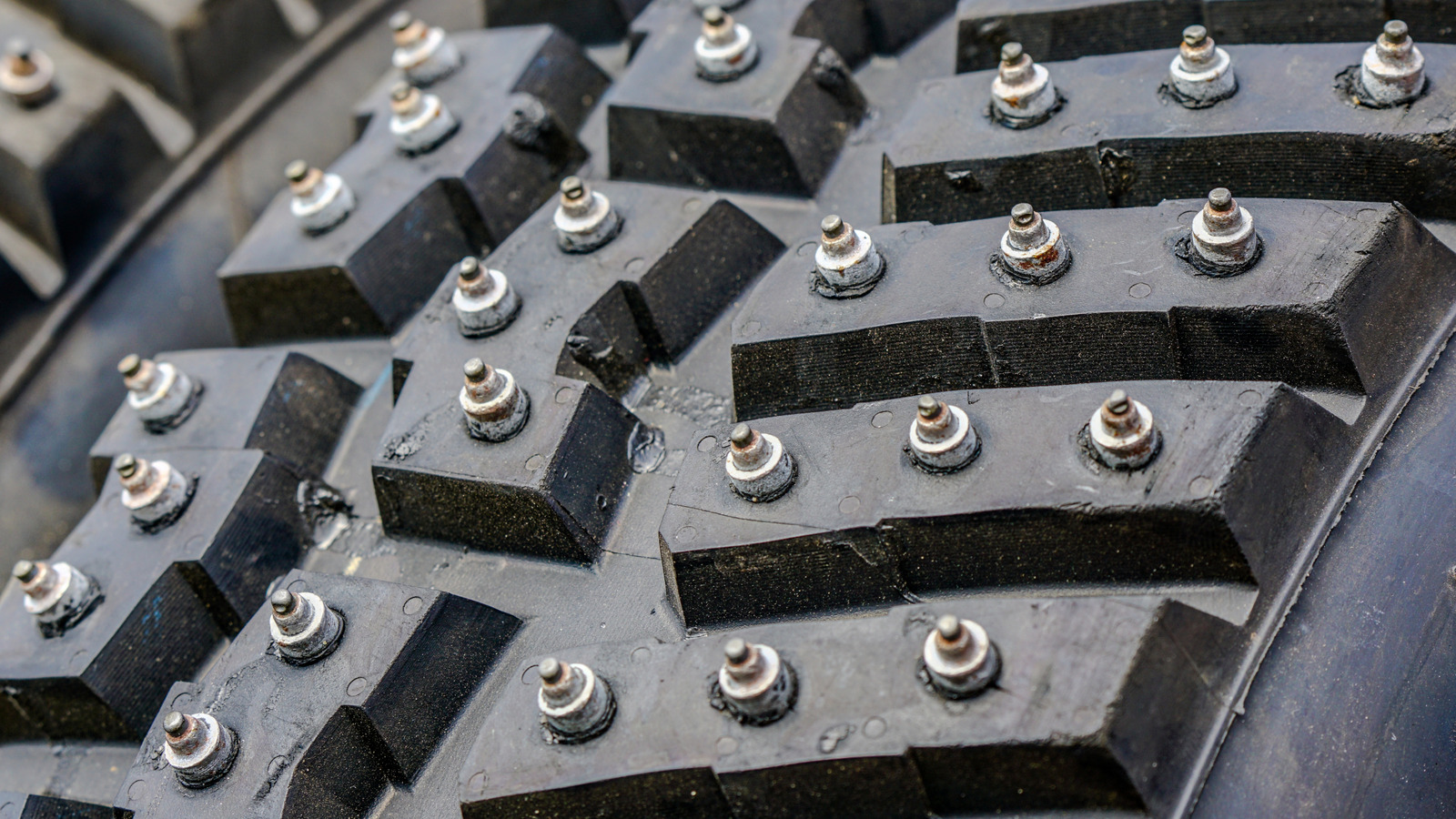





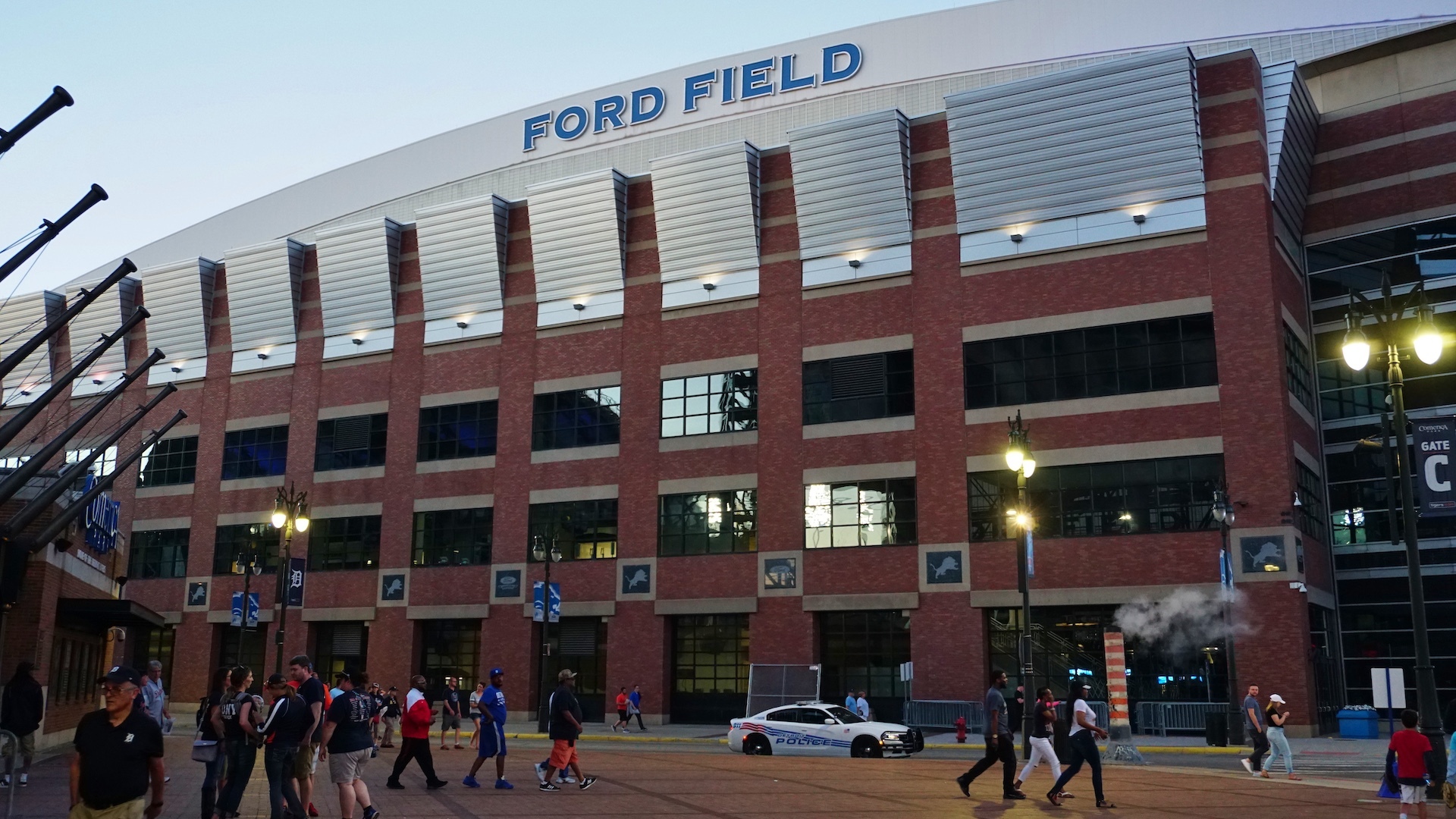
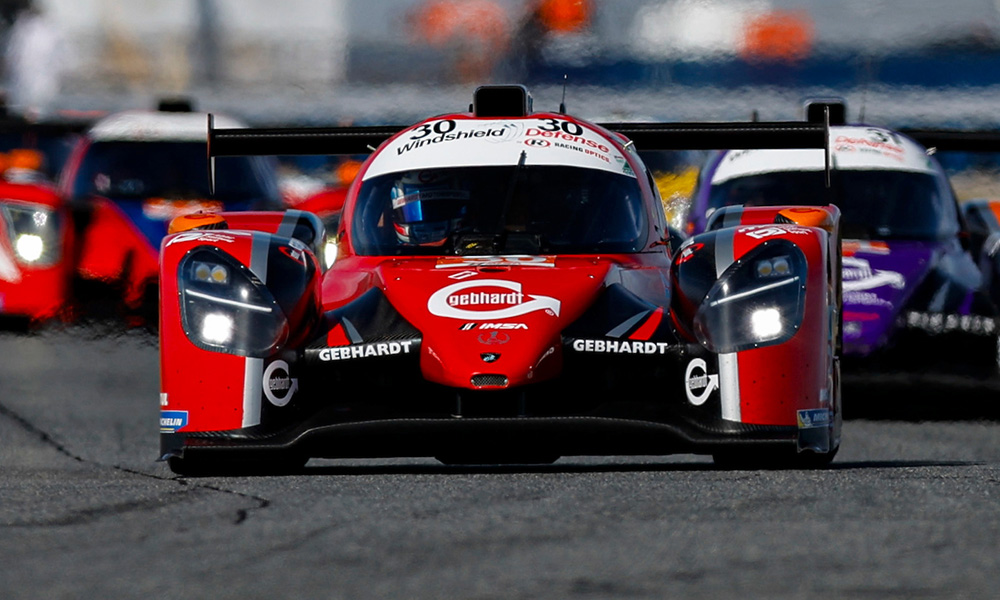







/cdn.vox-cdn.com/uploads/chorus_asset/file/24435316/STK150_Bing_AI_Chatbot_02.jpg)







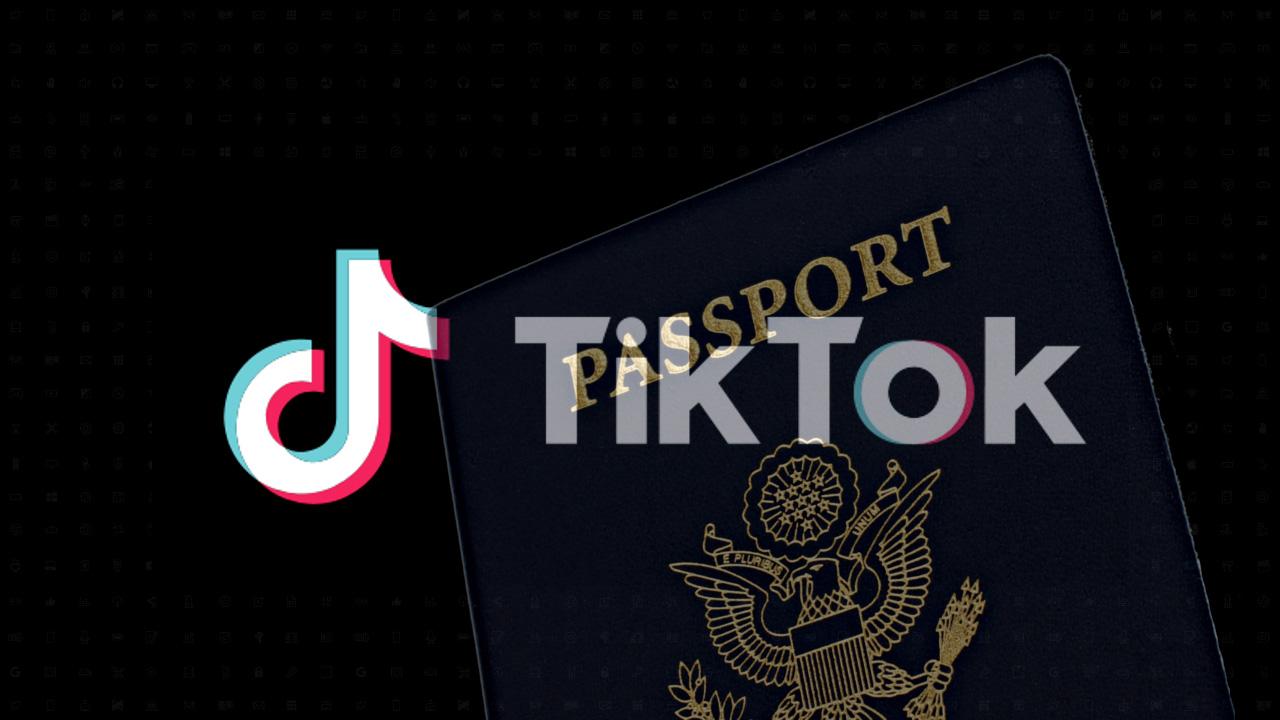
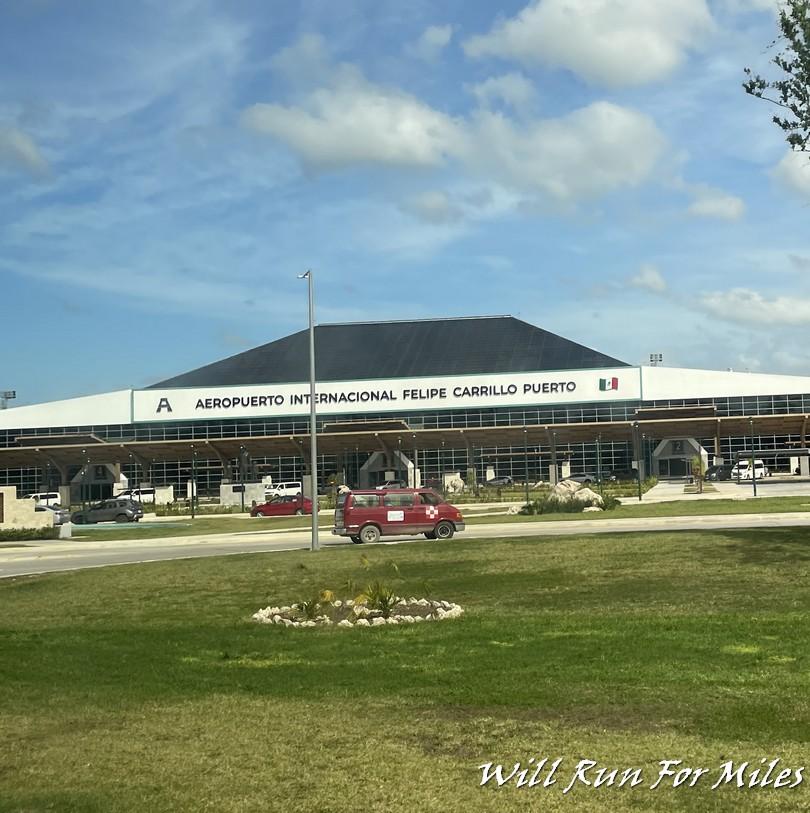

![United Passenger’s Upgrade Mishap Sparks Seat Loss—Here’s the Critical Step to Avoid It [Roundup]](https://viewfromthewing.com/wp-content/uploads/2018/09/20170607_112204.jpg?#)



























